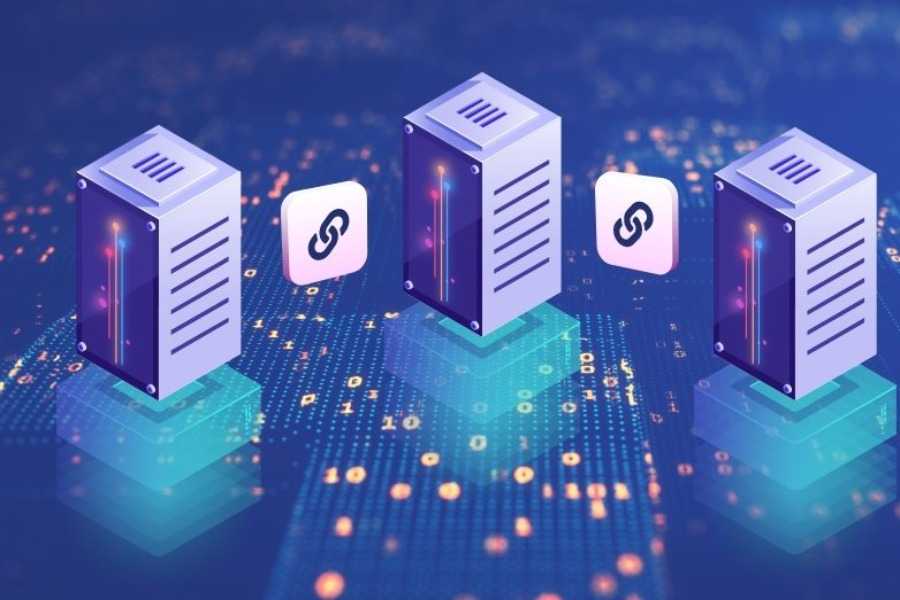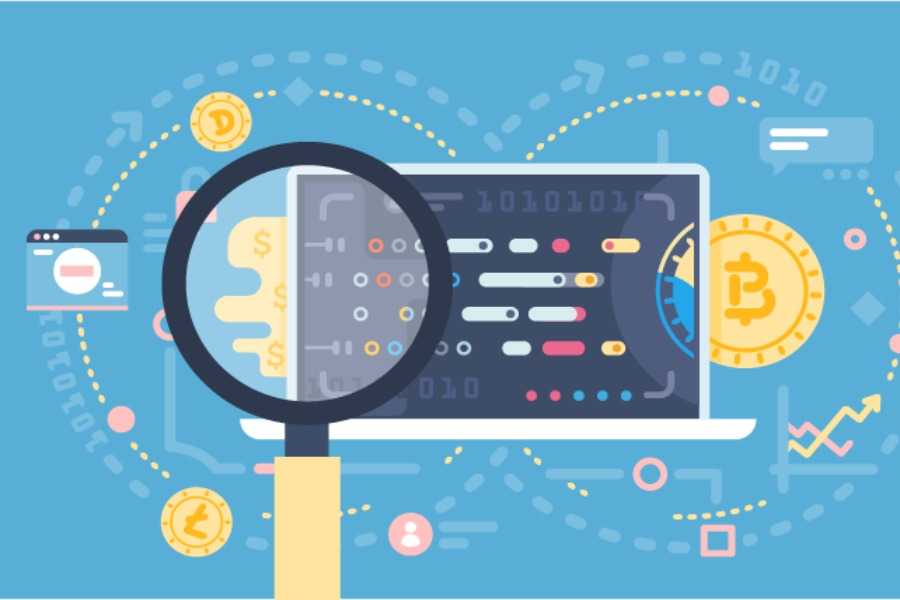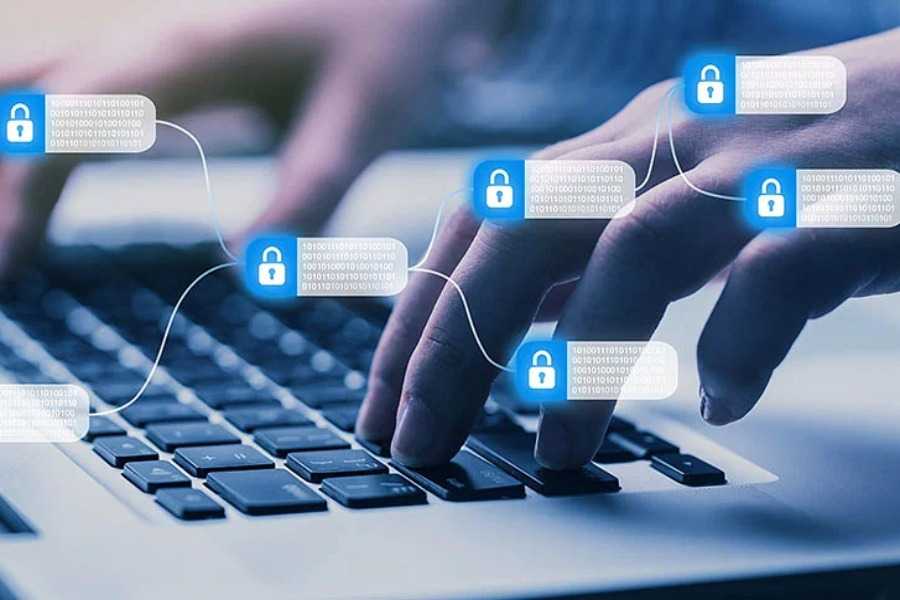
Blockchain Security Testing Checklist

Table Of Contents
How to test Blockchain security? As blockchain continues to revolutionize various industries, the need for robust security measures is paramount.
This blog post will provide a comprehensive checklist for blockchain security testing, drawing insights from industry experts.
Understanding Blockchain Technology

Blockchain technology is a type of distributed ledger where data is stored across multiple systems simultaneously. It’s composed of a series of blocks, each containing a cryptographic hash of the previous block and transaction data. This structure ensures the integrity of the entire chain - if a block is altered, the hash changes, invalidating the chain.
Blockchain technology is inherently secure due to its decentralized nature and the use of cryptographic principles. It operates on a peer-to-peer (P2P) network, eliminating the need for a central authority to validate transactions. This decentralization is one of the key advantages of blockchain technology, enabling faster and more cost-effective transactions.
Blockchain Testing: The Basics

Testing a blockchain application involves a similar approach to testing other software applications. However, due to the unique characteristics of blockchain, the focus and tooling requirements are different.
Blockchain testing is more technical and often doesn’t involve a user interface. Instead, it involves a low-level technical testing interface or no interface at all.
Functional testing is applicable to blockchain applications. It involves checking the implementation against the requirements and acceptance criteria, performing exploratory testing, and conducting integration testing to ensure that different components work properly together.
API Testing

API testing is a critical aspect of blockchain applications. It ensures that the interaction between applications in the blockchain ecosystem is functioning correctly. This involves checking the requests and responses and ensuring the correct behavior of the application.
Tools used for API testing in other software applications can also be used for blockchain applications.
In the context of blockchain, API testing often involves checking the correct implementation of transaction APIs, validation APIs, and block APIs. It’s also important to test error conditions and ensure that the application handles them correctly. This can include testing for invalid transactions, incorrect block hashes, and other error conditions.
Performance and Security Testing

Performance and security are two key areas of focus in blockchain testing.
Performance testing involves checking the network for latency and speed, which can be affected by block size, network size, and transaction size. It’s important to test how the system performs under high transaction loads and ensure that it can handle peak loads without performance degradation. This can involve stress testing, load testing, and endurance testing.
Security testing ensures that the blockchain application is secure against attacks and can protect data and handle malicious attacks. This is particularly important given the value often associated with blockchain transactions. Security testing can involve penetration testing, vulnerability scanning, and security auditing. It’s crucial to identify any potential vulnerabilities in the system and ensure that they are addressed.
Smart Contract Testing

Smart contracts are a unique feature of blockchain technology. They contain business logic and processes that can be tested. This involves detailed functional testing of the business logic and processes within the blockchain. It’s crucial to ensure that the smart contracts execute as expected under all conditions and handle exceptions gracefully.
In smart contract testing, it’s important to test all possible paths of the contract execution. This includes testing for both expected and unexpected inputs, and ensuring that the contract behaves correctly in all cases. It’s also important to test the contract’s interaction with other contracts and with the blockchain itself.
Blockchain Testing Tools

There are several tools available for blockchain testing, including Ethereum Tester, Ganache, Embark, Corda Testing Tool, Hyperledger Composer, Truffle, Drizzle, BitcoinJ, Brownie, and Exonum Testkit. These tools all have different features and can be used for various aspects of blockchain testing. Choosing the right tool depends on the specific requirements and the blockchain platform being used.
Challenges in Blockchain Testing

Blockchain testing comes with its own set of challenges. Understanding the technology can be difficult due to its complexity. There’s also a lack of mature blockchain testing tools, making it challenging to find the right tools for your needs.
Defining a test strategy can be complex due to the many layers of blockchain technology. Integration testing can also be challenging due to the multiple components involved in a blockchain. Lastly, load and performance testing are critical and can be challenging due to factors like block size, network size, and transaction size.
Final Thoughs

Blockchain technology, while still relatively new, is rapidly evolving. As it becomes more prevalent, the importance of robust security measures and thorough testing increases. While blockchain testing shares many similarities with traditional software testing, it also presents unique challenges and requires a more technical approach.
Remember, while blockchain technology offers many advantages, it’s not without its challenges. But with a thorough understanding of the technology and a comprehensive testing strategy, you can overcome these challenges and harness the full potential of blockchain technology.
Stay tuned to explainblockchain.io for more insights and updates on blockchain technology. As always, we’re here to guide you through the ever-evolving world of blockchain, crypto, DeFi, GameFi, NFT, and Web3 topics. Our mission is to help you make informed decisions on your crypto journey, providing content that is as enjoyable to read as it is informative.
Share
Related Posts




Quick Links
Legal Stuff

